Many families in Hanoi continue to live in dilapidated apartment buildings despite severe structural deterioration and official warnings of imminent danger.
Cramped into spaces of only 20 to 30 square meters, residents persist in these aging collective housing blocks, even as authorities classify them under danger level D, the most severe category indicating structural instability.
Ngoc Khanh Collective Housing currently consists of 58 buildings, each between two and four stories high, built before 1994 and housing approximately 6,500 residents.
The buildings are visibly deteriorating, with crumbling walls, rusted reinforcement bars, and external steel support frames that have also corroded over time.
At Building A’s Block 2, some families have already relocated, but many remain. Nguyen Thi Mai Huong, who lives on the second floor with her family of three, describes how their home suffers from severe water leaks every time it rains.
She supports a redevelopment plan and would readily agree to relocation if the government moves forward with rebuilding.
For many, the biggest concern is the inconvenience of relocating. Huong explains that while their living space is modest, the location is ideal for work and school.
If forced to move to a distant temporary housing site, daily commutes would become far more difficult due to Hanoi’s frequent traffic congestion.
Other residents in Block 2, Building A of Ngoc Khanh Collective Housing echo similar concerns, urging city officials to develop a reasonable relocation policy as the buildings have deteriorated beyond safety standards.
Living in the same community since 1985, an elderly resident named Ban has a strong attachment to her home and hopes for the chance to return to the same location after redevelopment.
Her family of six currently occupies a space just over 20 square meters, which has been extended through makeshift additions.
Despite her efforts to keep the home organized, she acknowledges the limitations of the small space and the urgent need for improvement.
Living on the top floor, Ban’s family has had to take extensive measures to prevent rainwater from leaking into their home.
Giang Vo’s C8 Collective Housing, built in 1979, has deteriorated significantly over more than four decades.
Block 3 of this complex has been designated as a level D hazardous structure, meaning its structural integrity is no longer sufficient for normal use.
Cracks and fractures have spread across the walls, requiring steel scaffolding for reinforcement.
The original living spaces, measuring between 20 to 30 square meters, have been expanded through makeshift extensions known as “tiger cages”, though these additions pose additional safety risks.
In one apartment of just 27 square meters, Nguyen Trong Hung’s ten-member family has been forced to expand their space by another 30 square meters to accommodate their needs.
Hung admits that while he wishes for a safer and more spacious home, he remains uncertain about when authorities will finalize a redevelopment plan. If a fair proposal is introduced, he is willing to comply.
Thanh Cong Collective Housing, built between 1979 and 1982, comprises 68 buildings ranging from two to five stories, with a total population of approximately 13,400. The G6A building, constructed in 1987, includes two sections with 49 apartments.
This building has been classified as the most dangerous residential structure in Hanoi, with severe structural instability and a high risk of collapse. The two sections have already separated due to subsidence.
Despite the severe deterioration, many families continue to live in the hazardous structure. Some areas of Block 1 have been sealed off, restricting access, but residents in Block 2 remain, unwilling to leave.
Even with official warnings and an official danger level D classification, many families are reluctant to move into temporary housing due to dissatisfaction with relocation plans.
The Hanoi People’s Committee recently announced the conclusions of Deputy Chairman Duong Duc Tuan following a meeting on the redevelopment of three deteriorated collective housing areas in Ba Dinh District: Thanh Cong, Giang Vo, and Ngoc Khanh.
The city has approved plans allowing higher-density redevelopment, with new residential buildings reaching up to 40 stories.
Ba Dinh District authorities have been directed to work with urban planners to finalize a redevelopment plan and submit it to the People’s Committee for approval by March 31.
For Ngoc Khanh Collective Housing and its surroundings, city officials have requested a reassessment of functional space planning, infrastructure, and stronger measures to avoid urban fragmentation.
For Giang Vo Collective Housing, authorities have instructed urban planners to refine the redevelopment proposal in alignment with the comprehensive approach used for Thanh Cong Collective Housing.
For Thanh Cong Collective Housing and its surroundings, the city has endorsed the architectural and zoning research proposed by Ba Dinh District and its urban planning team.

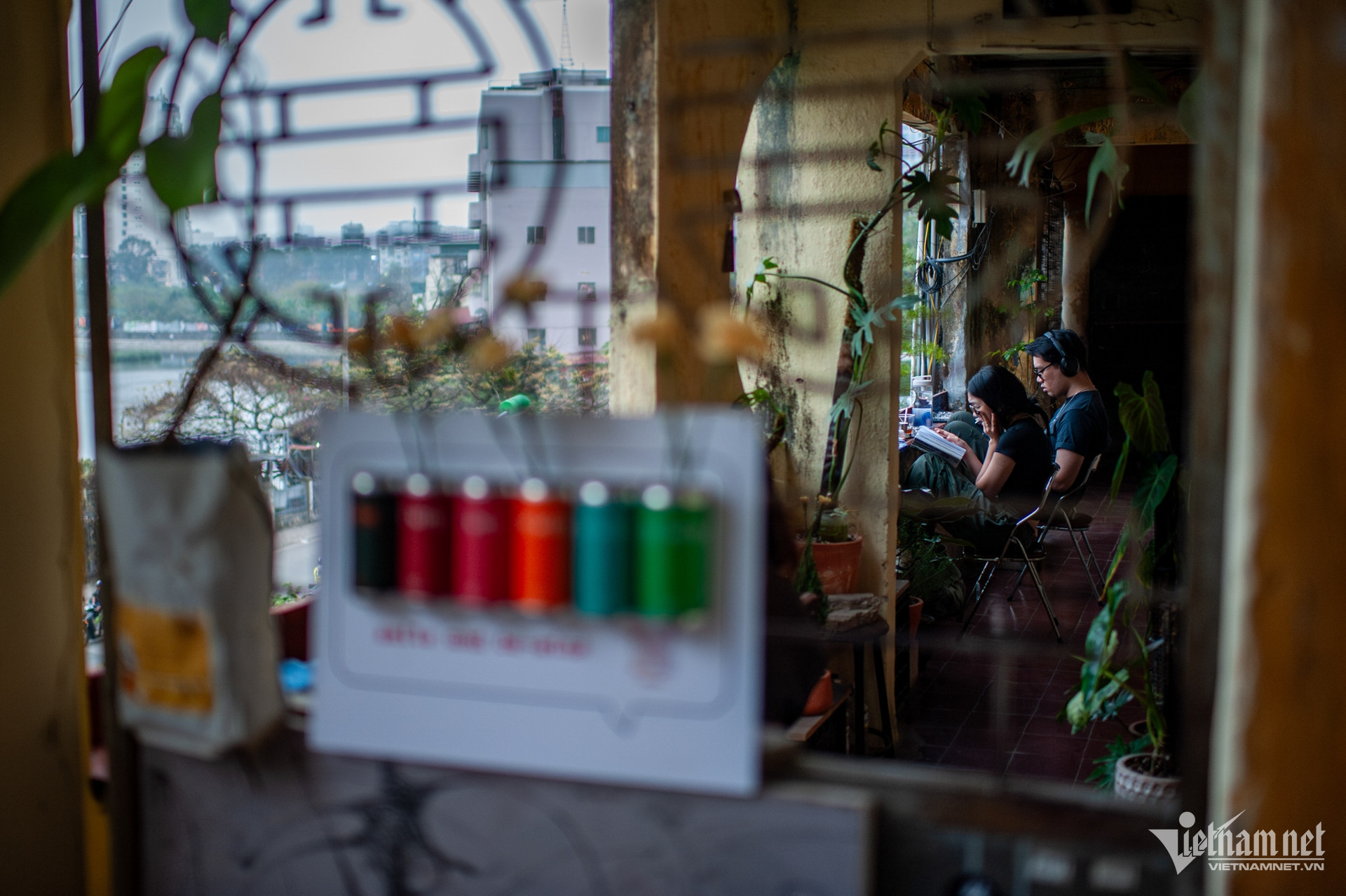
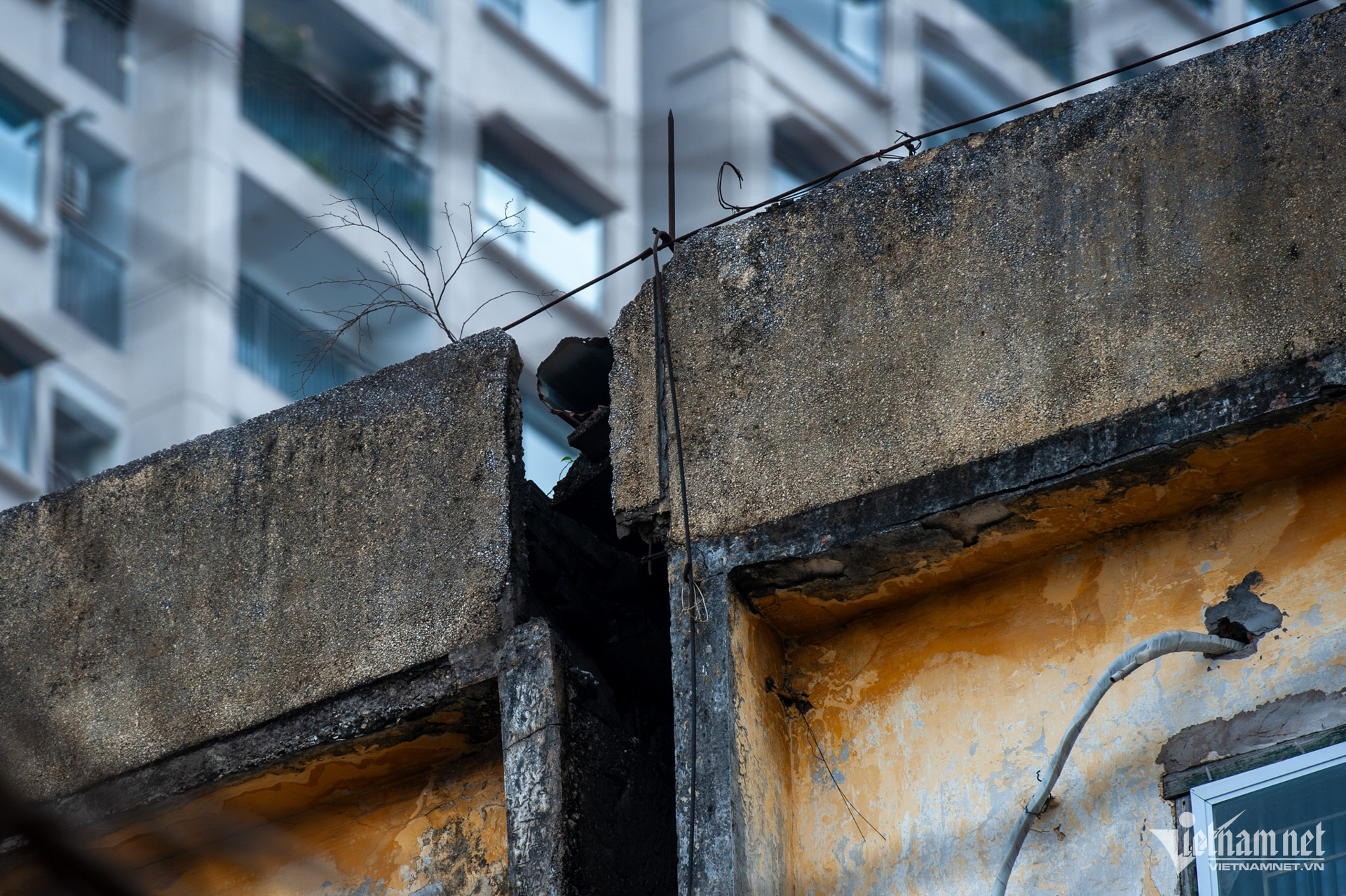
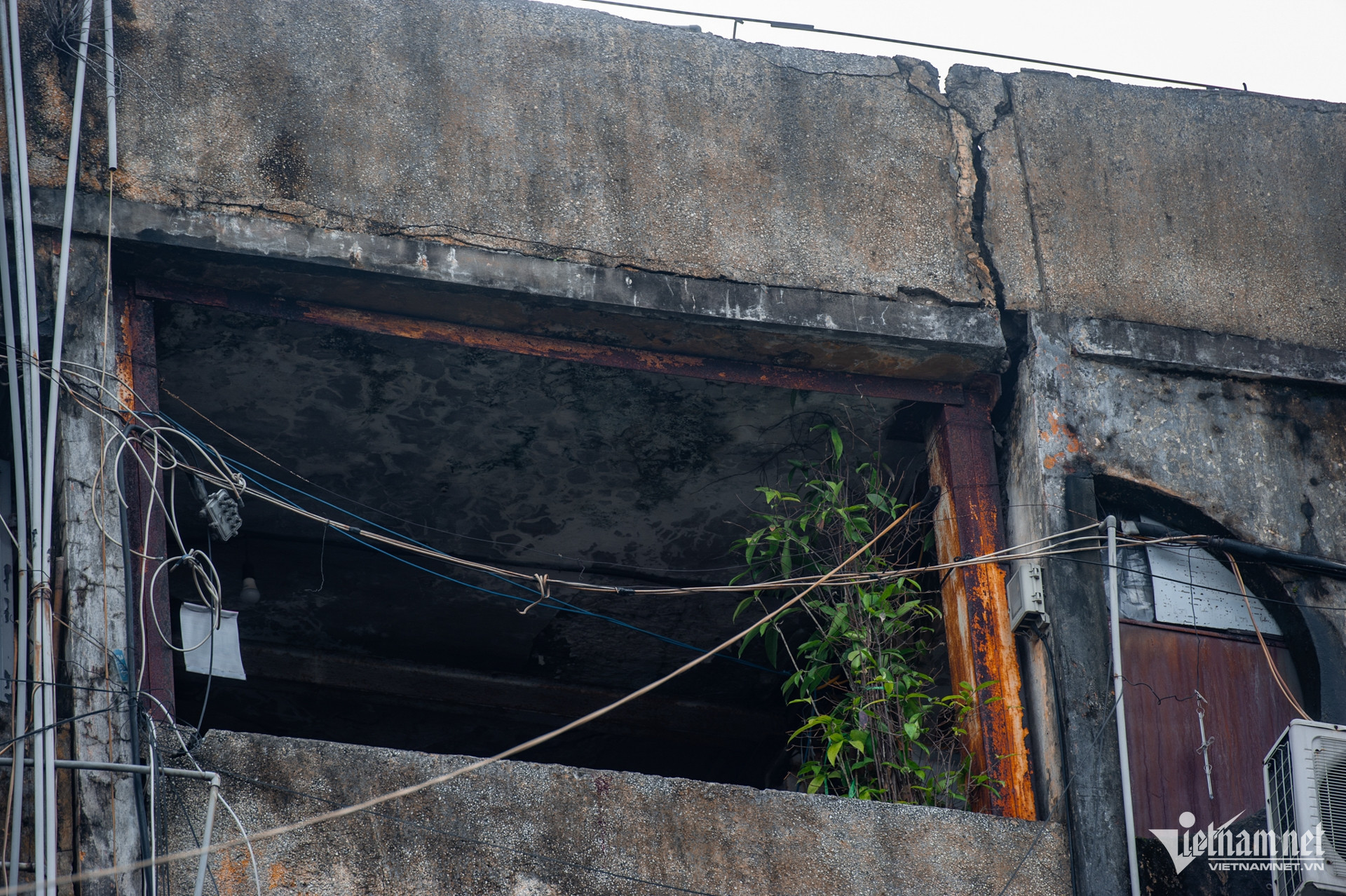
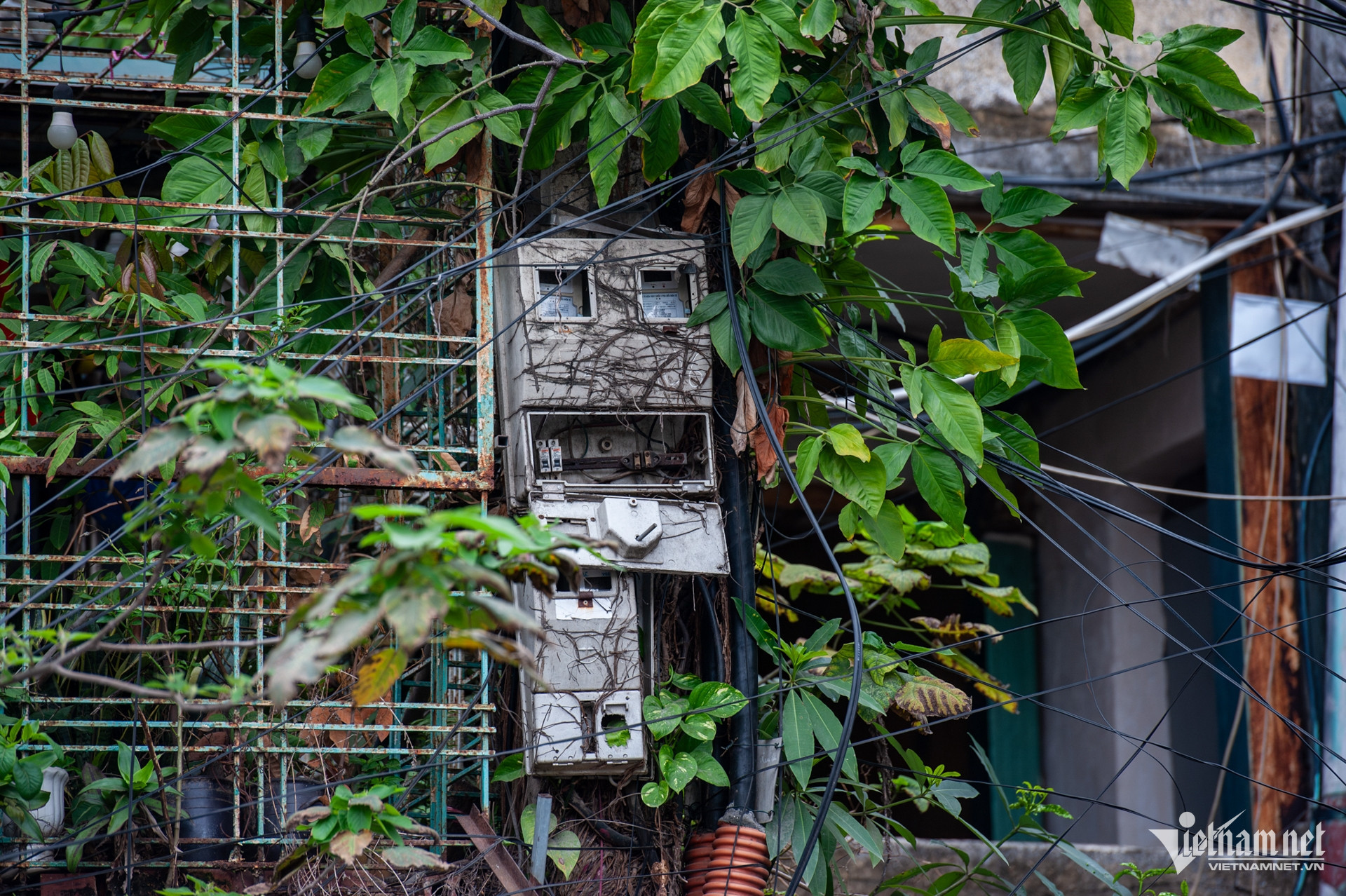

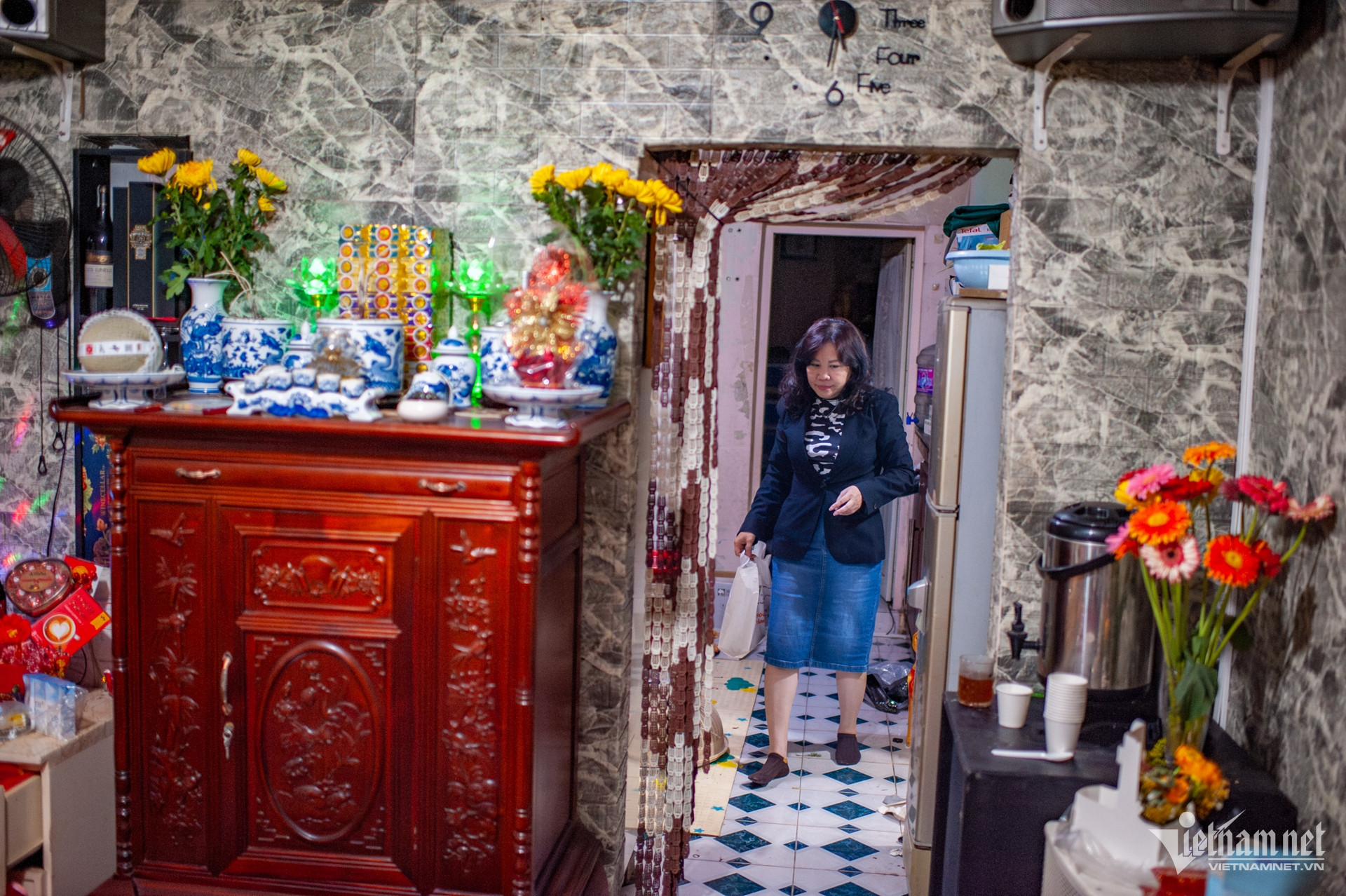
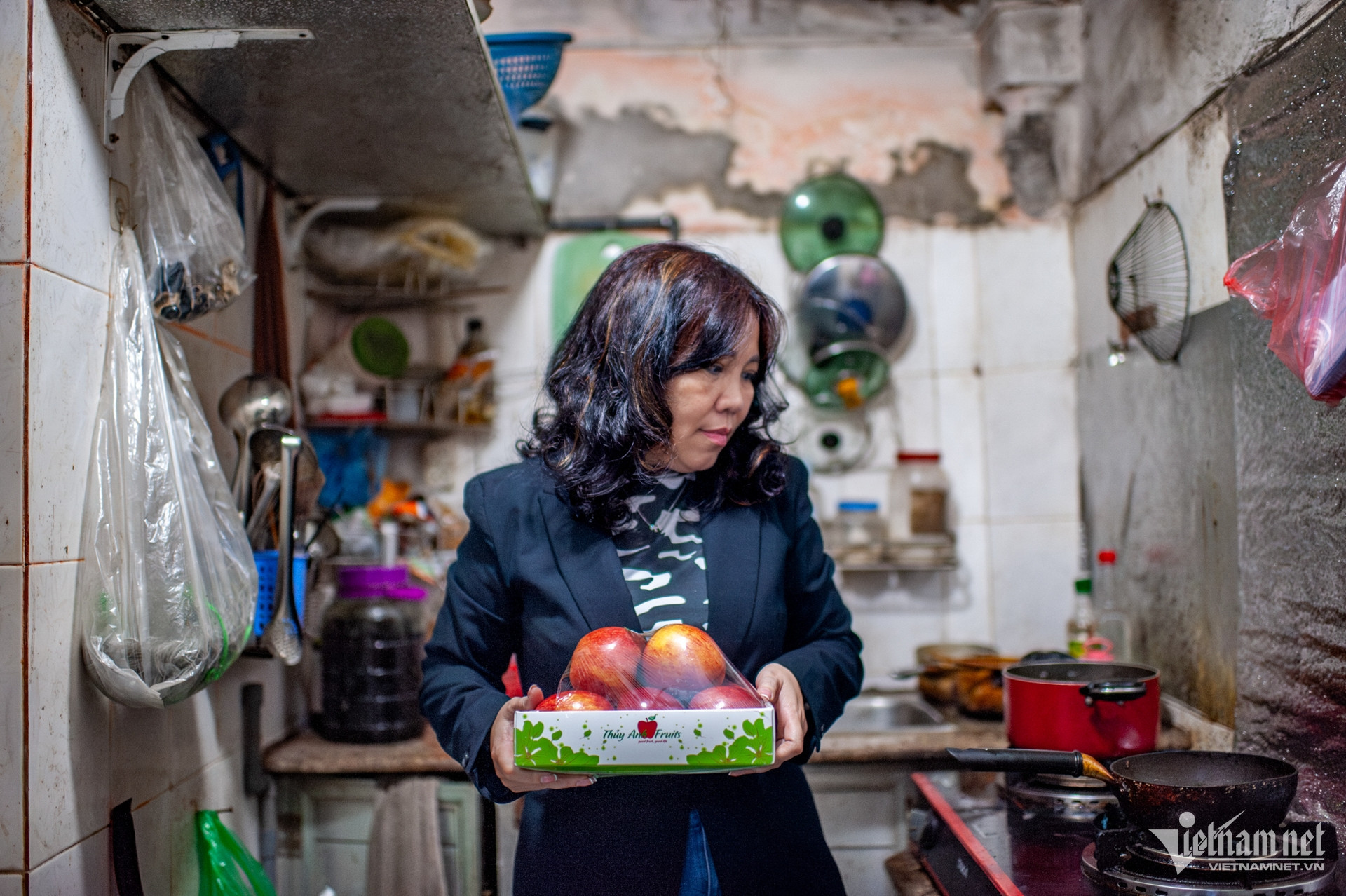
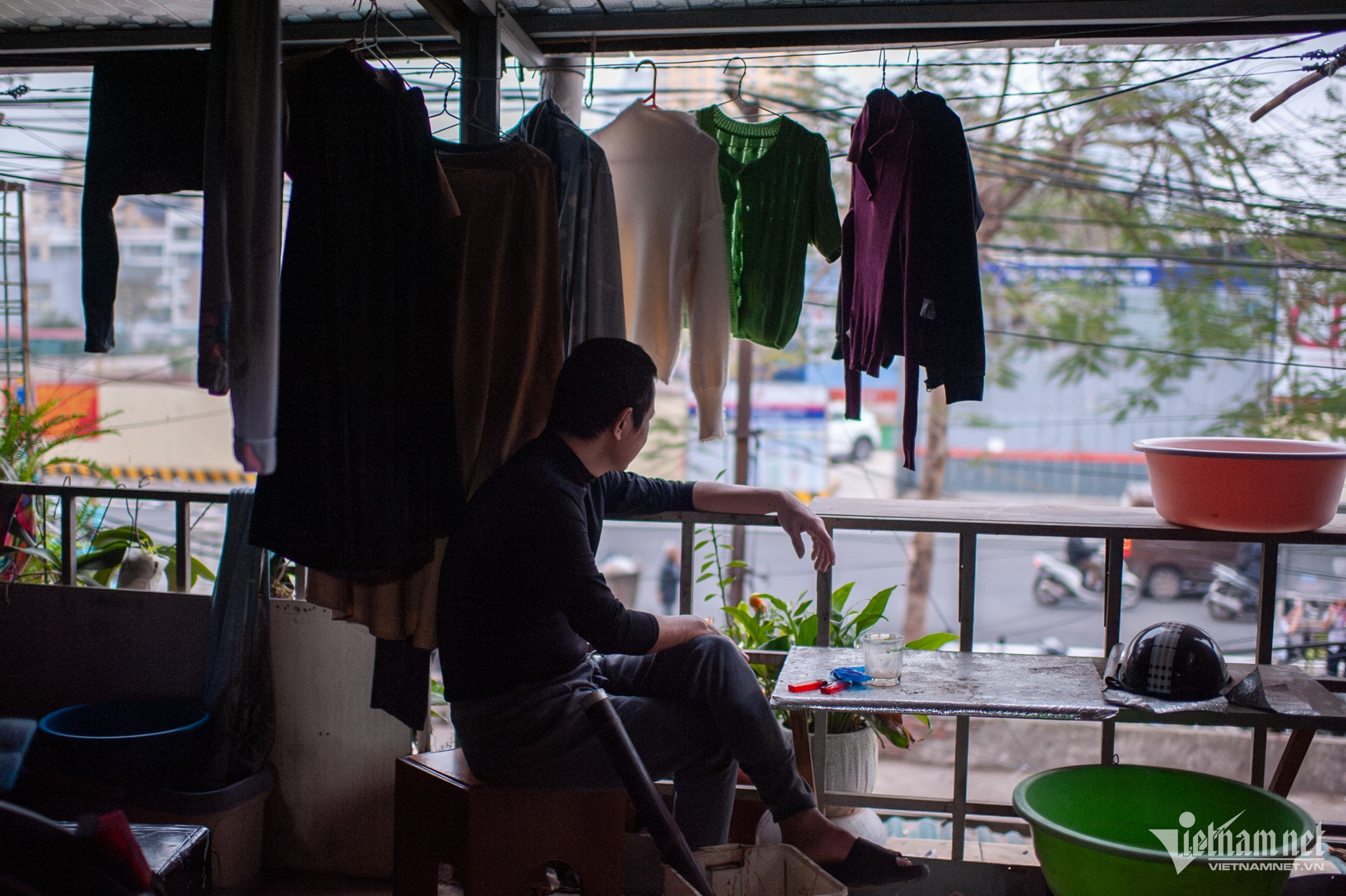

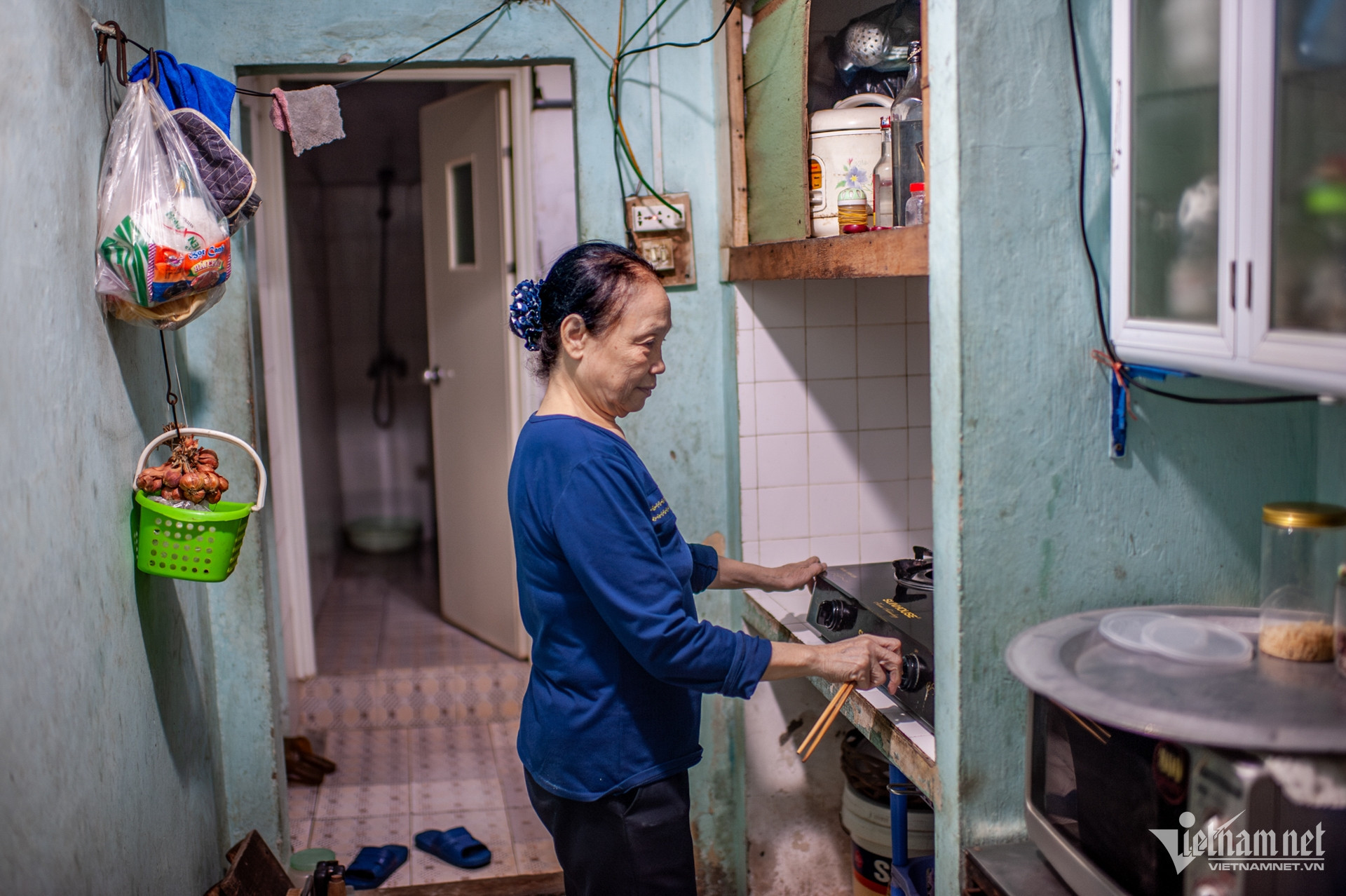

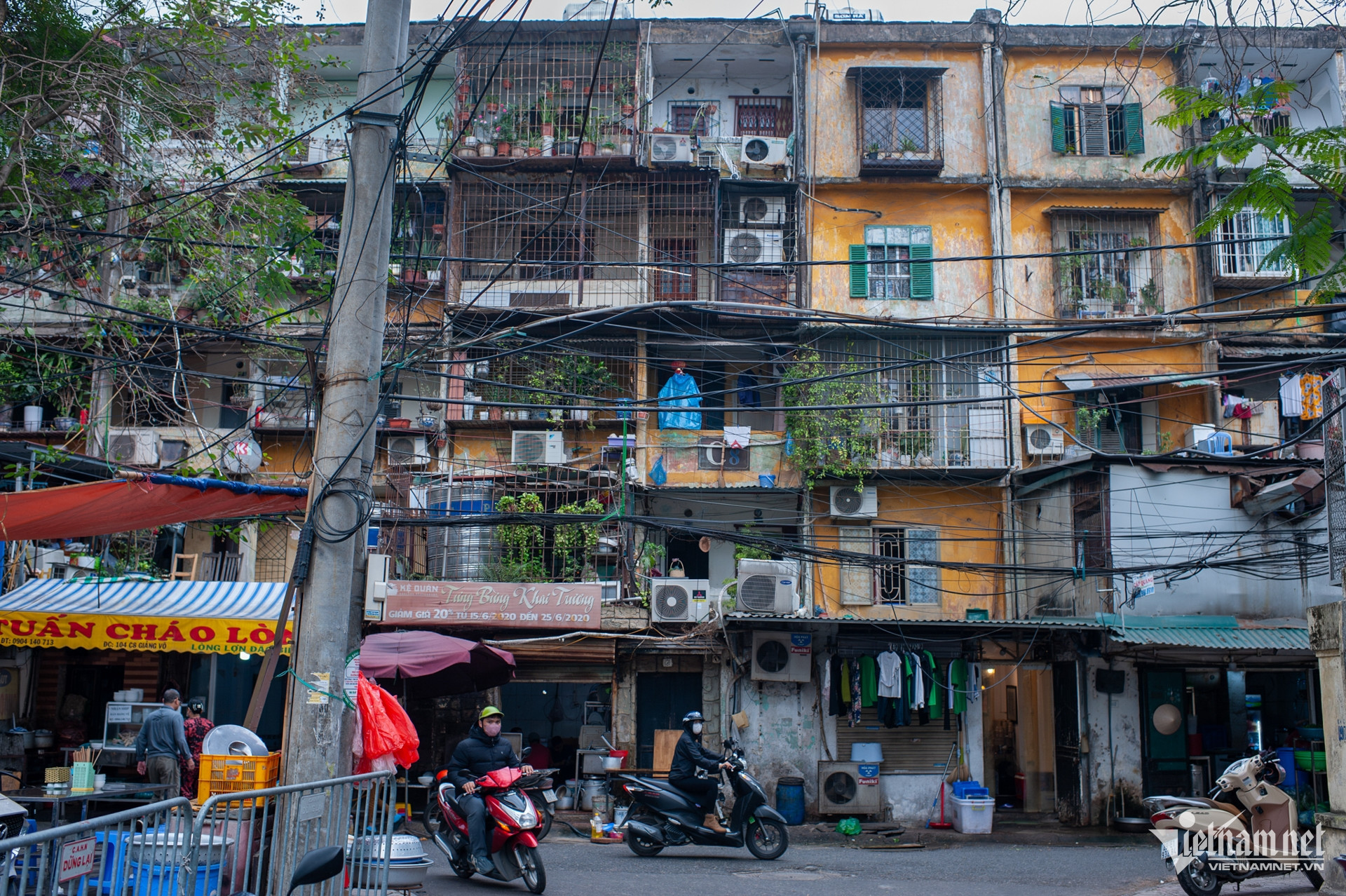

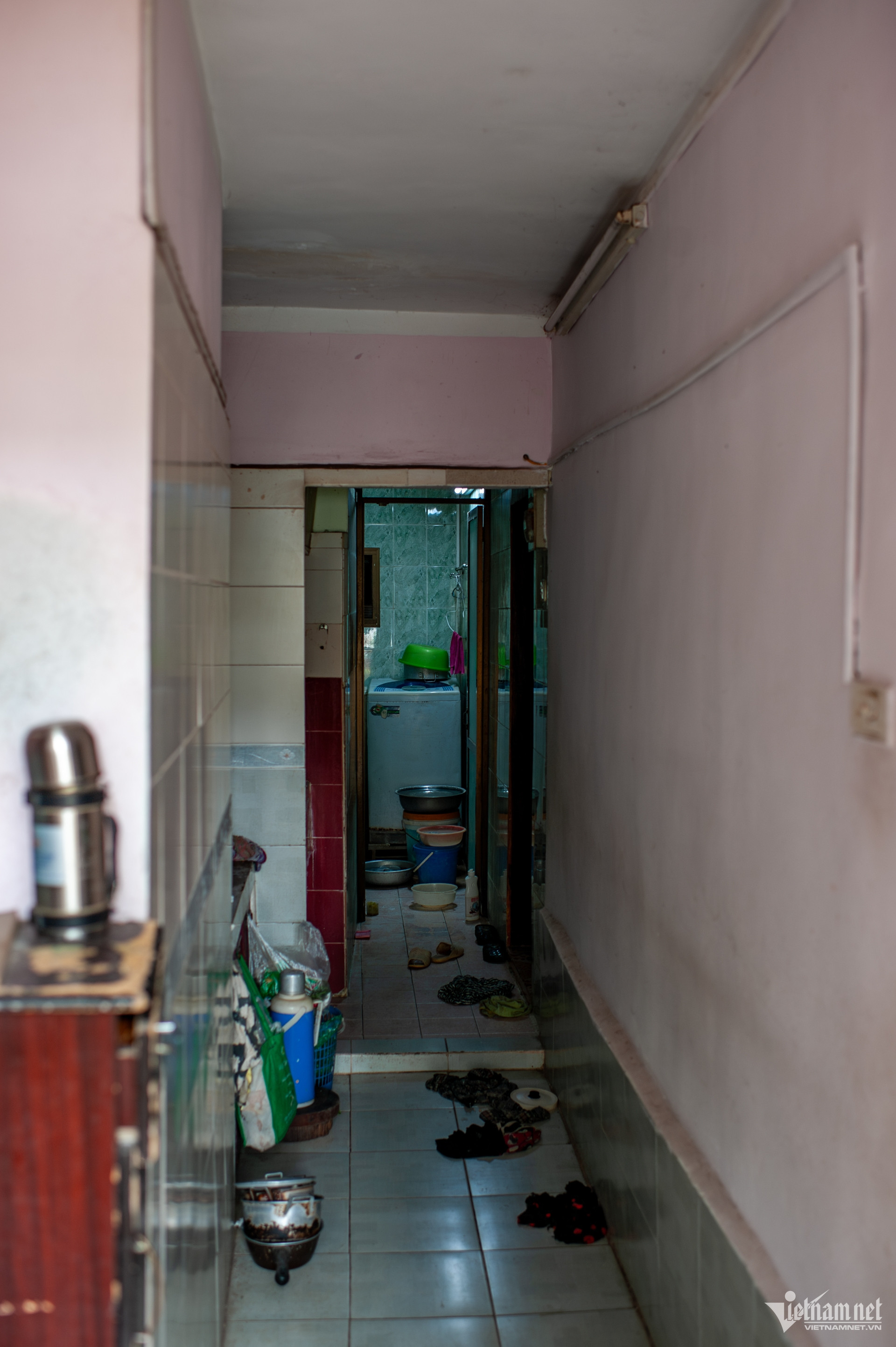
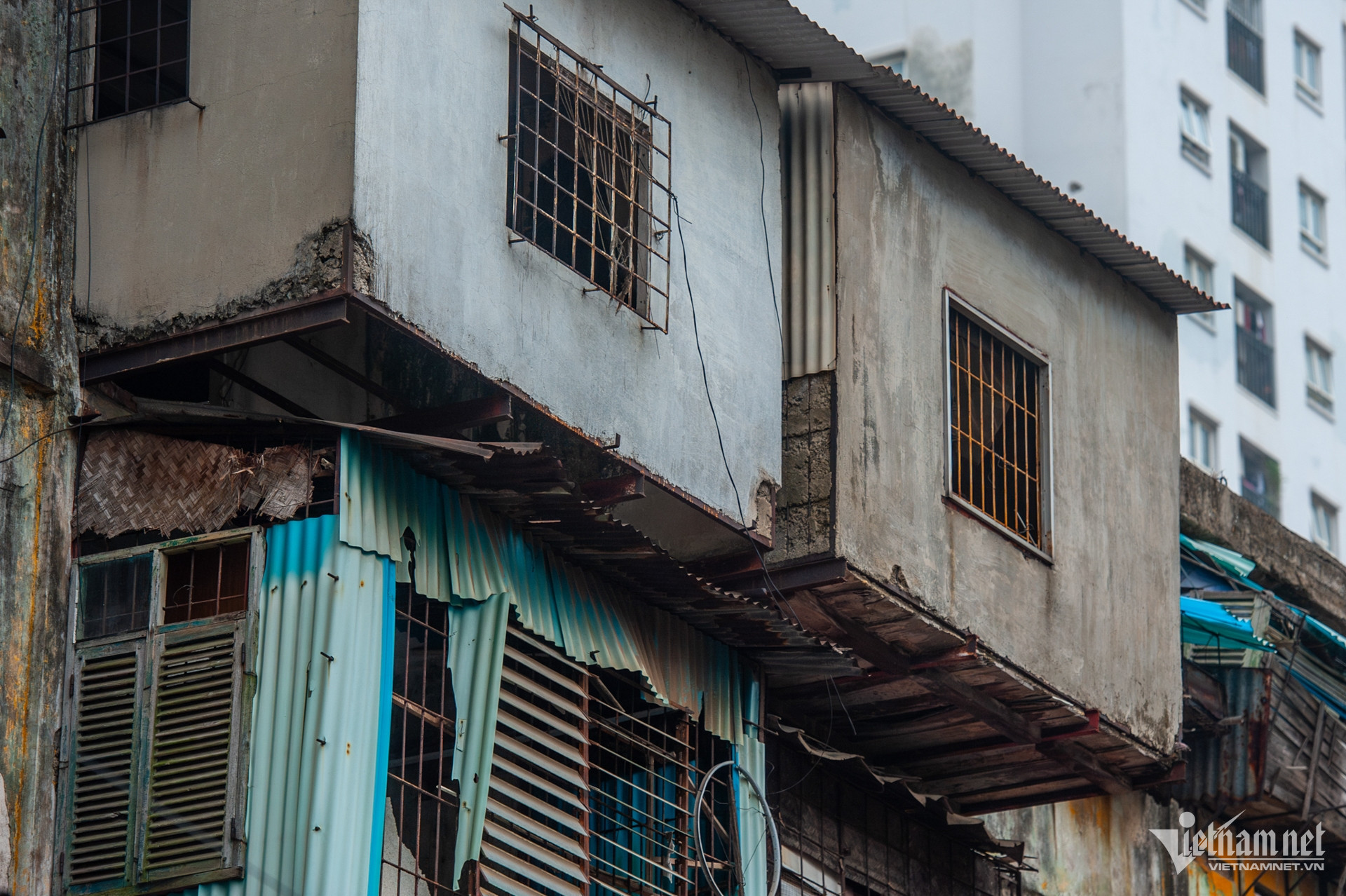


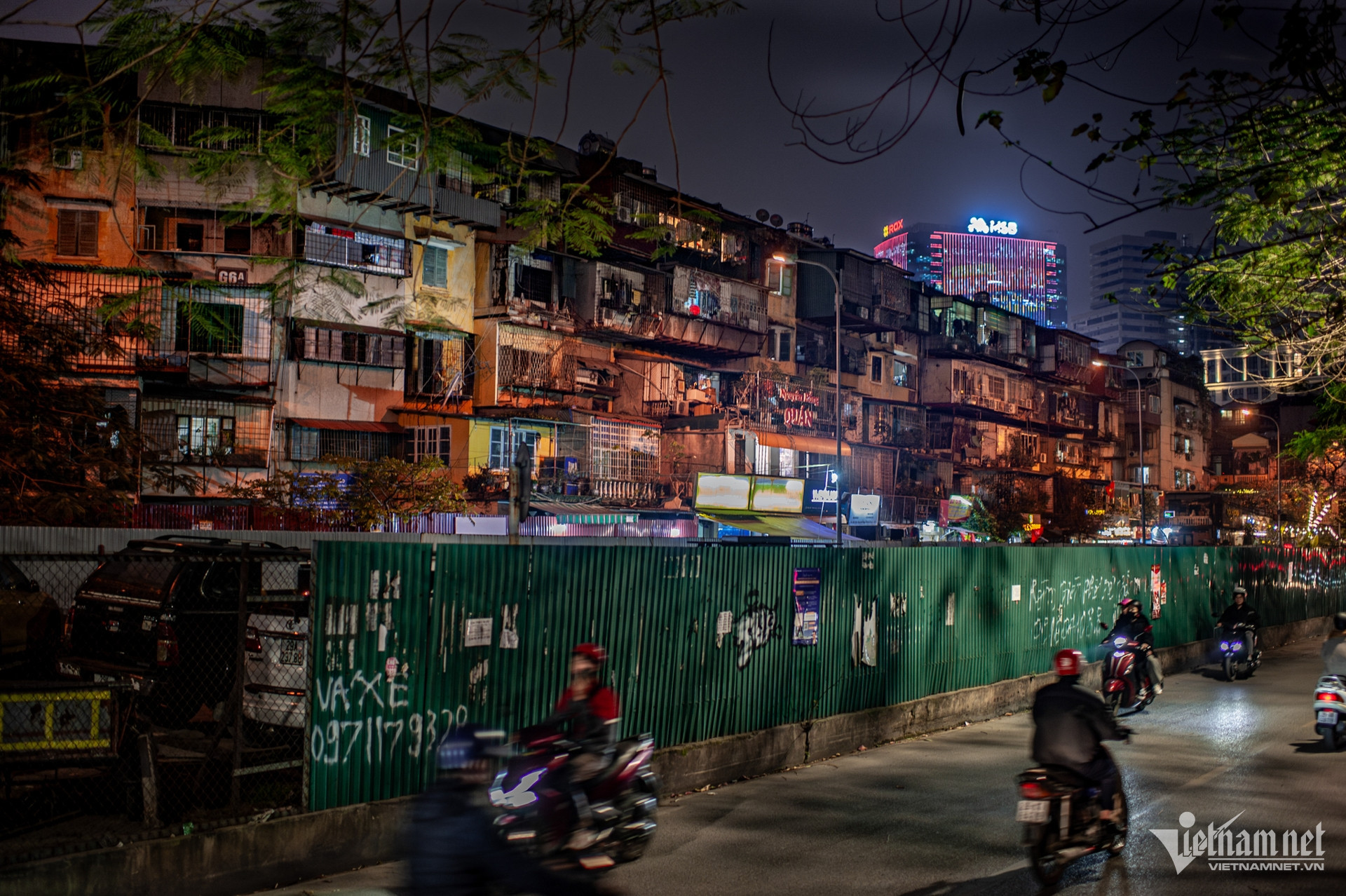
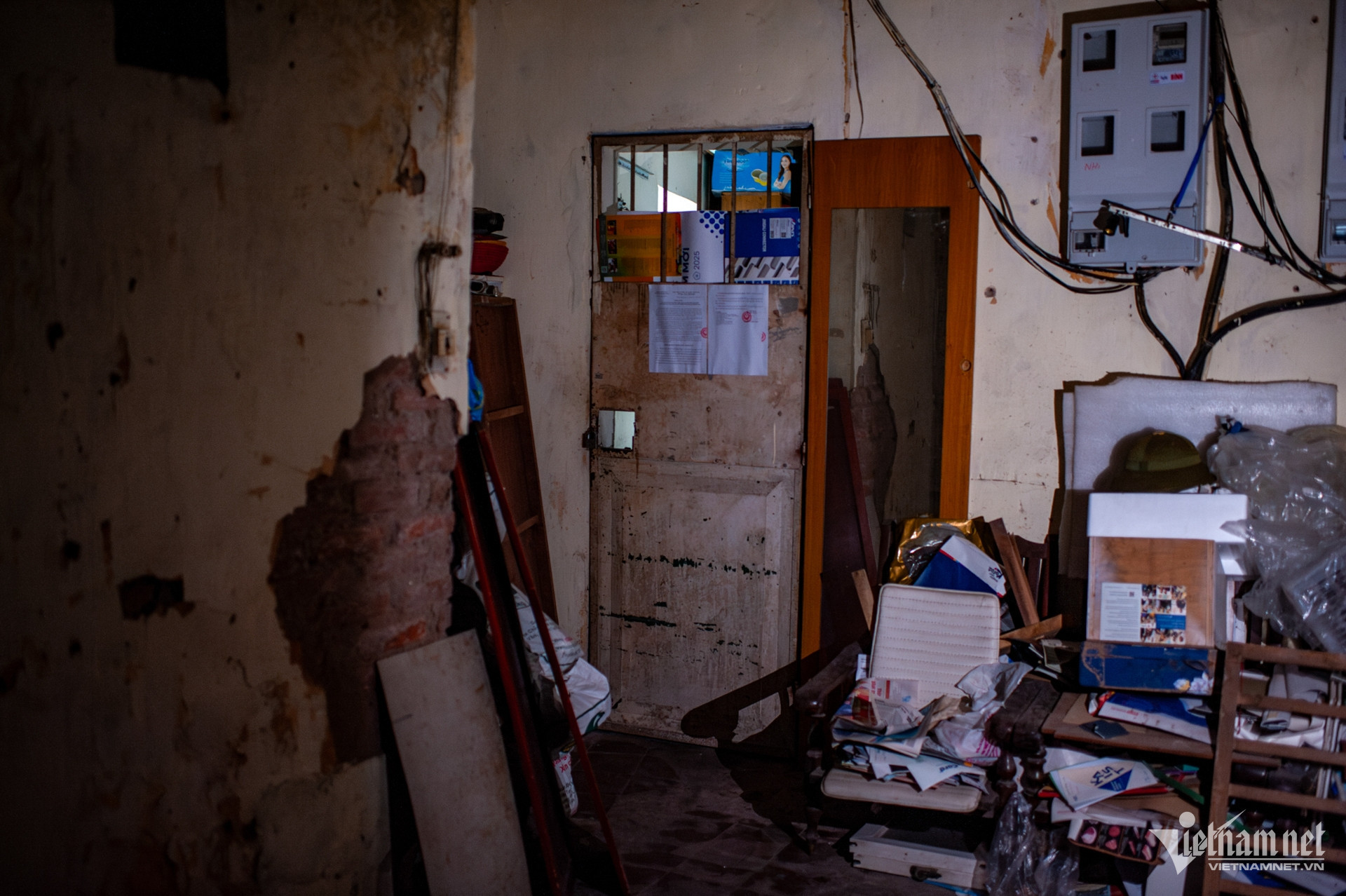
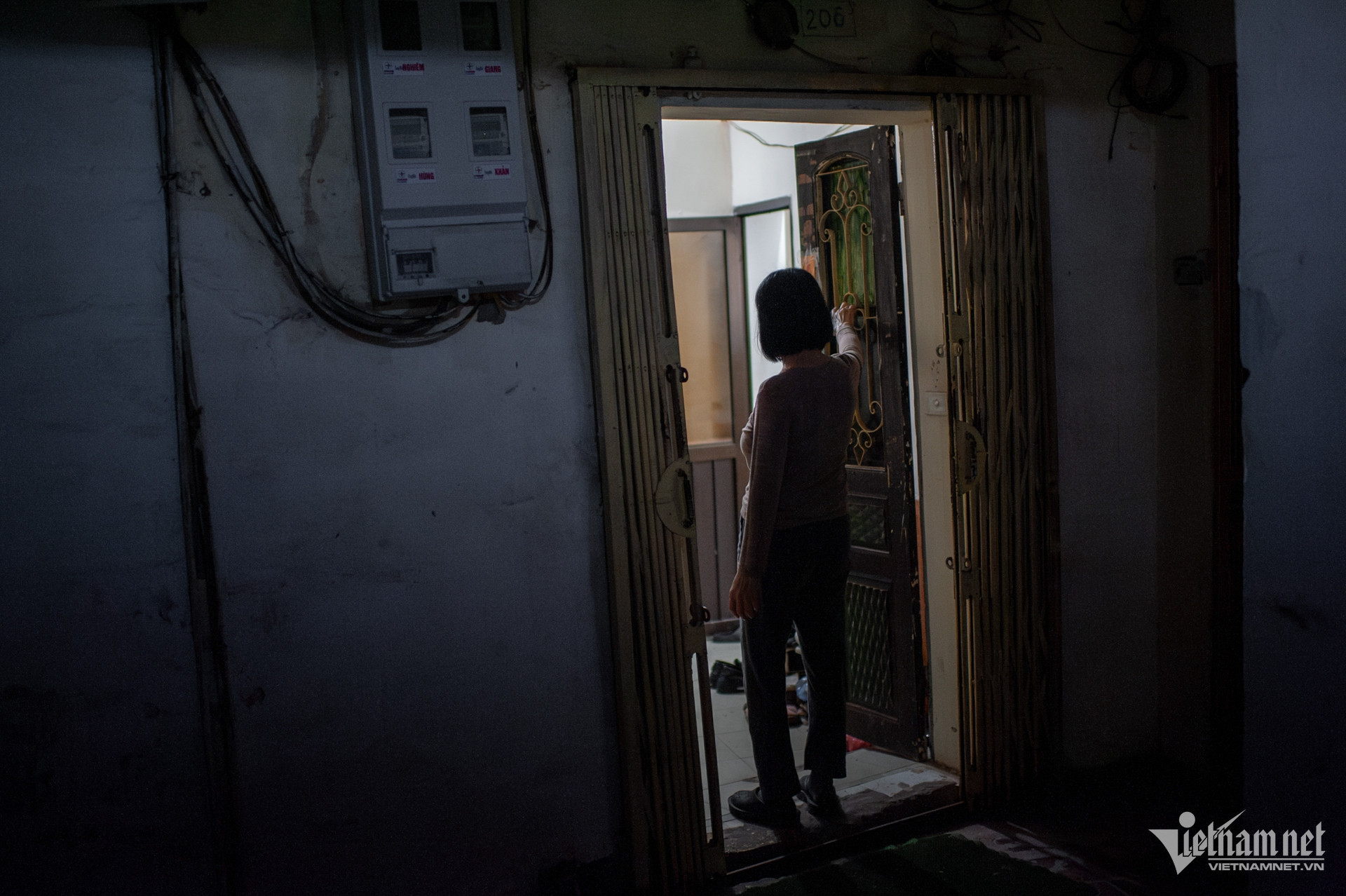
The Bang